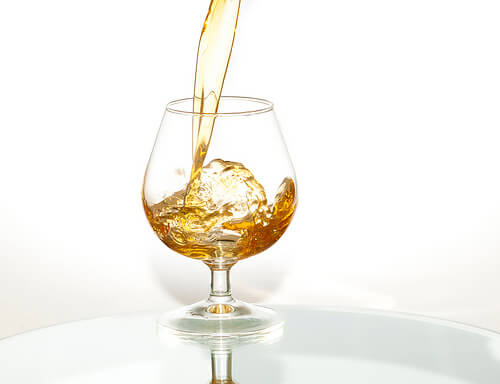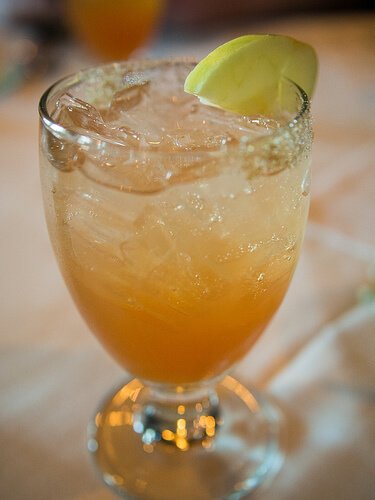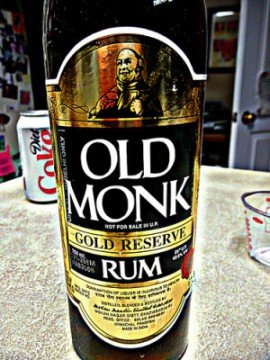Does Sake Go Bad?
So there’s a bottle of sake in your liquor cabinet sitting for quite some time now, and finally, you decided to do something about it. There’s no best-by date on the label, so the question “does sake go bad?” pops up in your head immediately.
If you’re not quite familiar with sake, like most people outside Japan, it’s difficult to guess how long it lasts or how to tell if it’s spoiled.
In this article, we will go through storage, shelf life, and signs of spoilage of sake. If that’s what you’re looking for, read on.
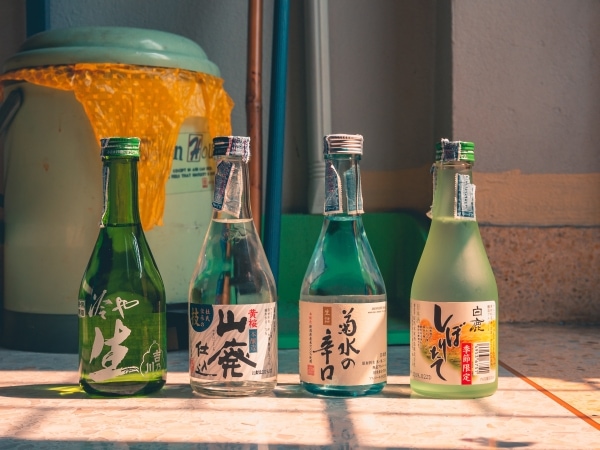
How To Store Sake
Sake, often called nihonshu, is made by fermenting rice. Because of that, people often call it Japanese rice wine. In Japan, rice is one of the most widely used foods, so no wonder they produce alcohol from it too. Technically sake isn’t a wine, but it shares some characteristics with it, so calling it a rice wine makes sense.
In general, you should store nihonshu similarly to how you store wine. That means that an unopened bottle should sit in a cool and dark place, away from sunlight and sources of heat. Temperature slightly below room temperature, that is around 20℃ (68°F) is the best for almost all types of sake.
Unpasteurized sake, or namazake, is the exception here because it should be stored in the fridge. If the sake you’ve bought was kept in the refrigerated section, you should keep it chilled too.
Once you open the bottle of sake, you should store it in the fridge and tightly sealed at all times, just like you do with wine.
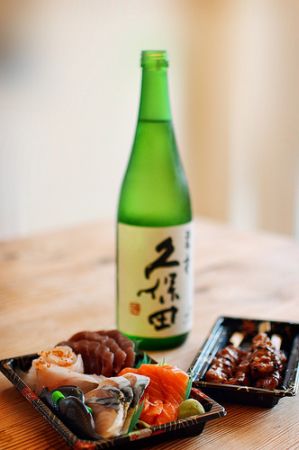
How Long Does Sake Last
Most bottles of sake don’t come with a best-by date, because it’s not a requirement where they were produced. More often you can find the production date on the label. That’s the date sake was bottled.
Unlike wine, almost all kinds of sake aren’t meant for aging. You should consume it fresh, possibly within a year or two of bottling
Of course, the real shelf life will be much longer, but sake degrades with time. That means the longer you store it, the worse its quality will be. If you have an unopened bottle of sake stored in the pantry for like 6 years, it will probably be safe to consume, but the quality might not be that great.
Once you open the bottle, things change. To get the best possible quality, you should consume the whole bottle in one day. If that’s not an option, put it into the fridge, where it will remain safe to consume for a few weeks.
Remember that the taste will change and become softer with time. The speed at which the taste changes depends on the quality of the alcoholic beverage. Some will taste good for only a week or so, while others will remain okay for up to a month.
| Pantry | Fridge | |
|---|---|---|
| Sake (Unopened) | 2 years | |
| Sake (Opened) | 2 -4 weeks | |
| Unpasteurized Sake (Unopened) | 6 months | |
| Unpasteurized Sake (Opened) | 1 – 2 weeks |
Please note that all dates are after the production date and are for the best quality only.
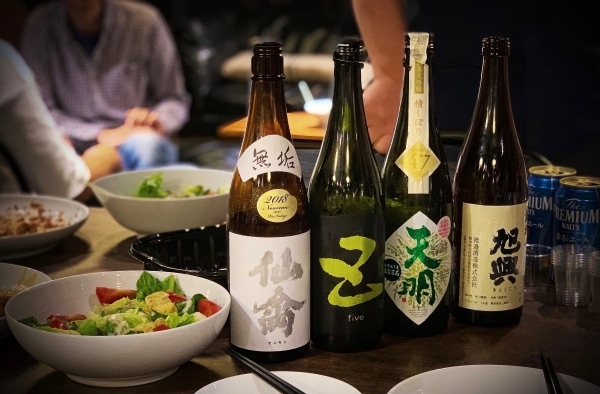
How To Tell If Sake Is Bad
When it comes to an unopened bottle of sake, the chance it goes bad is slim at best. If you store it for a long time, it might not be best once you open it, but it will be safe to drink.
An opened bottle won’t go bad that fast if stored in the fridge, either. It’s more likely that you will decide to discard it for quality purposes
Now let’s go through signs that sake is, or might be, spoiled:
- Yellow tint. Sake is typically clear, and the yellow hue indicates that the oxidation process did quite some damage to the alcohol.
- Off, rotten, or pungent smell. If it smells bad, throw it away.
- Particles, either floating or on the bottom of the bottle. The presence of any particles means nihonshu has started to fall apart.
- Off taste. Drink a small amount to check the flavor. If there’s something wrong with it, discard it. Of course, you might mistake spoiled sake with sake that you don’t like. Nevertheless, if you didn’t like it, there’s no point in storing it.
For more details on how to tell that sake is bad check out this article.
Rotten Records: Share Your Snap!
Caught some food past its prime? Upload your photo to “Rotten Records” and help others spot the signs of spoilage. Every image makes our food community safer and more informed!



